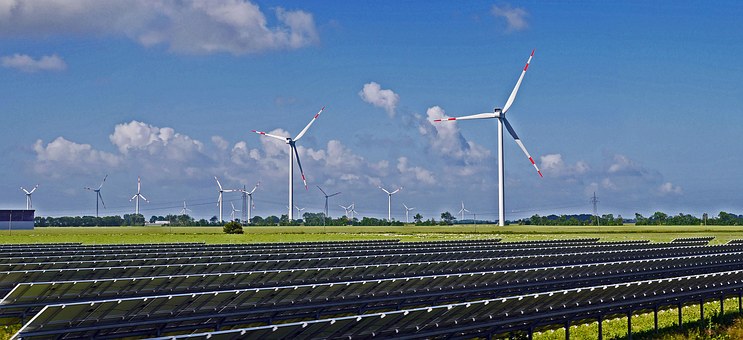California Releases Climate Action Plan to Reach Carbon Neutrality by 2045

The California Air Resources Board on Nov.16 unveiled the policies and actions the state proposes to implement, in order to reduce its dependence on fossil fuels and become carbon neutral by 2045 or earlier. The revised proposal follows Governor Newsom’s plea for more impactful climate actions and is innovative in both scale and scope. The plan is expected to cut air pollution by 71 percent and reduce fossil fuel consumption by 86 percent in the progress towards carbon neutrality by 2045.
The plan proposes a significant shift away from petroleum in all sectors of the economy and a speedy transition to renewable energy resources and zero emission vehicles. As part of the proposal by 2045, the state is expected to reduce greenhouse gas emissions by 85 percent below 1990 levels and reduce smog forming air pollution by 71 percent. Moreover, the plan is expected to create 4 million new jobs and reduce fossil fuel usage to less than 10 percent of current consumption. The proposals, if implemented by 2045 are projected to save the state’s population around $200 billion in health costs, as a result of pollution.
The proposal has been viewed as ambitious and the most aggressive by any jurisdiction globally and California’s Governor Newsom expects the proposal to enhance economic growth in the state and has compared it to the industrial revolution. Moreover, the proposal’s aggressive shift away from fossil fuels is projected to benefit groups who are disproportionately encumbered by fossil fuel pollution. In addition, the proposal encourages a multi agency process to make sure that the shift away from oil extraction and refining is impartial.
According to economic models, the implementation of the plan will lead to the California economy reaching $5.1 trillion by 2045, from $3.2 trillion today. The board will vote on the 2022 Revision to the Scoping Plan at its meeting on the 15-16th December. The preliminary draft was analysed by the board in its June meeting. The updated plan incorporates changes requested by the board and the Environmental Justice Advisory Committee in September. Moreover, it considers new state laws passed by the Legislature earlier this year.
EnerKnol Pulses like this one are powered by the EnerKnol Platform—the first comprehensive database for real-time energy policy tracking. Sign up for a free trial below for access to key regulatory data and deep industry insights across the energy spectrum.
ACCESS FREE TRIAL